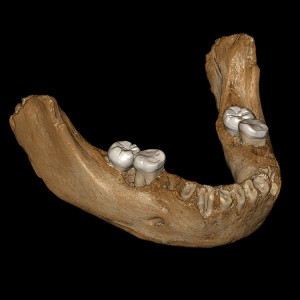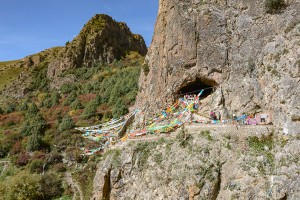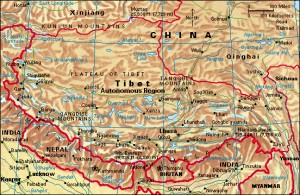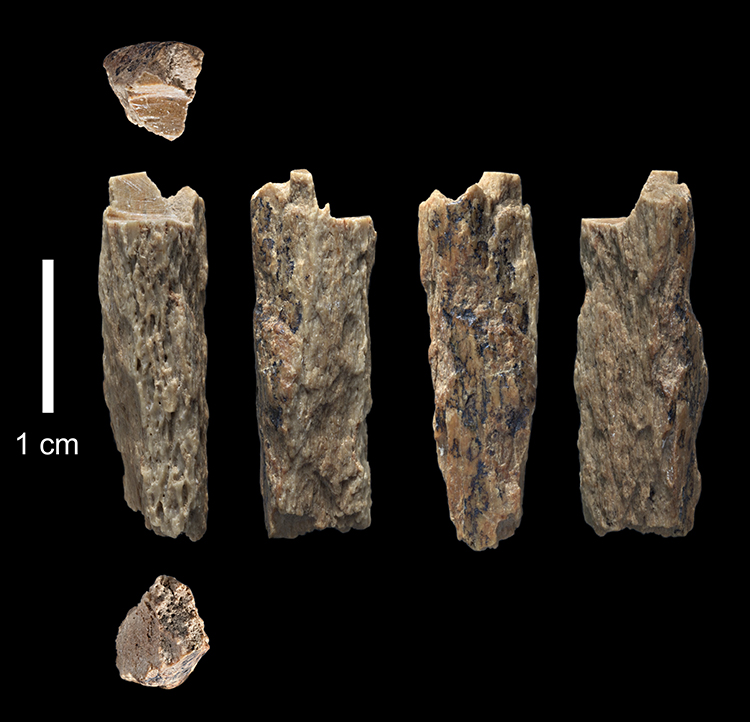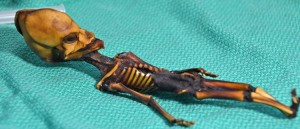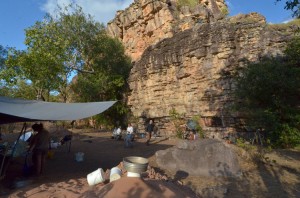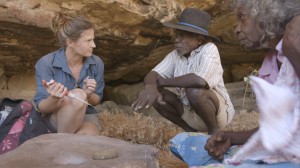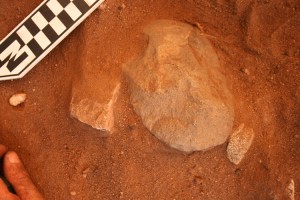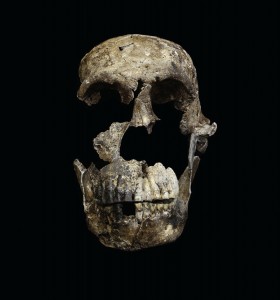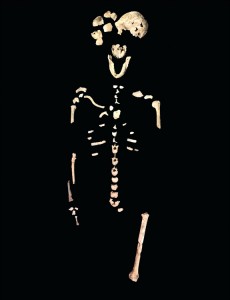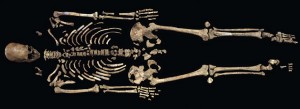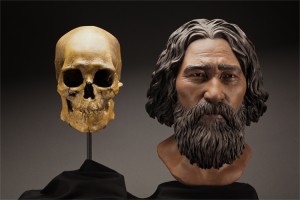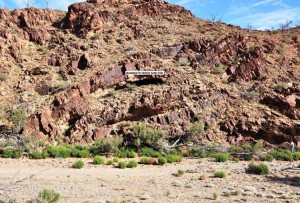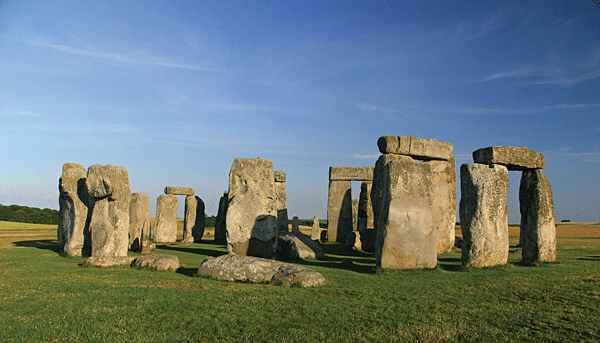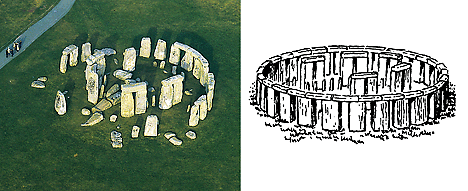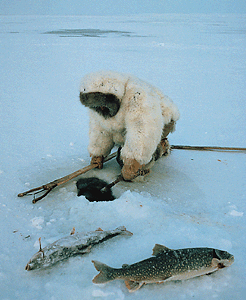Prehistoric Megafauna Seen in American Cave Art
Friday, April 1st, 2022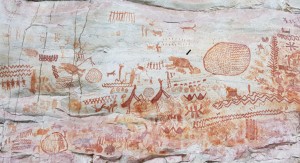
Las Dantas panel at Cerro Azul, La Lindosa (arrow points to proposed giant sloth painting).
Credit: José Iriarte, et al/Royal Society B 2022
Did ancient Americans in the forests of South America see strange prehistoric mammals before they disappeared forever at the end of the Ice Age? Cave paintings discovered in a remote region of Colombia appear to depict giant ground sloths, elephant-like gomphotheres, ancient horses, and a car-sized armadillo relative called a glyptodont. The paintings provide a rare glimpse of a long-lost ecosystem, populated by giant animals known as megafauna, that few people had ever set eyes upon.
The paintings were discovered at Serranía de la Lindosa, a natural rock shelter on the banks of the Guayabero River in central Colombia. Although the cave paintings were known to the Indigenous people of the region, they were inaccessible to scientists due to the remote location and ongoing civil conflict in the area. However, scientists have been able to study the paintings in detail in recent expeditions. The images were created using red ochre, a natural mineral pigment commonly used in cave paintings throughout the world.
The cave paintings show several familiar South American animals, including capybaras and horses. The researchers believe the paintings depict native horses from the region before they became extinct about 10,000 years ago rather than modern horses that were introduced to South America by the Spanish in the 1500’s.
Other figures seem to show strange Ice Age megafauna that became extinct thousands of years ago. One intriguing image depicts a large, stocky animal with elongated forearms next to what appears to be its cub. Researchers believe this image depicts a giant ground sloth, an extinct relative of the modern sloth that was as large as an elephant. The researchers identified other possible Ice Age species in the paintings, including a gomphothere (a relative of modern elephants), a glyptodont, and a bizarre hoofed mammal called Litopterna, which resembled an antelope with a short trunk-like snout.
There is abundant evidence from cave paintings in Europe and Asia that humans coexisted with Ice Age megafauna before they went extinct. However, similar cave paintings are rare in the Americas. No people lived in the Americas before Indigenous people arrived. Most scientists think the first people came to the Americas from Asia at least 15,000 years ago. Many of the animals depicted went extinct soon after the arrival of humans in the region. By about 10,000 years ago, horses, mammoths, gomphotheres, ground sloths, and glyptodonts had disappeared. Scientists continue to debate the role of human hunters in the extinction of Ice Age megafauna in the Americas. Many scientists believe that other factors, such as climate change at the end of the Pleistocene Epoch may have had a larger role in the extinction of these great beasts.

